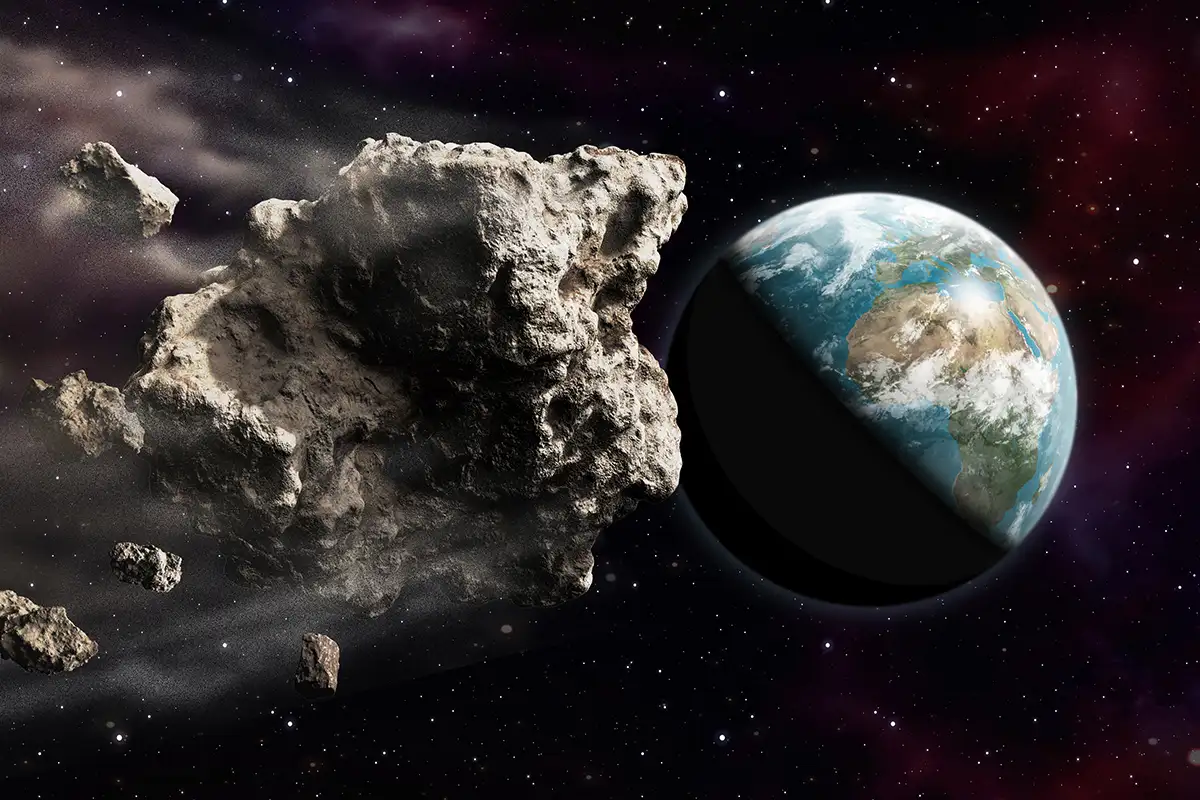
The heat and energy from the sun is what drives life on Earth. That said, humanity is now collectively responsible for so much greenhouse gases that Earth's atmosphere now traps more and more of the sun's energy. This has led to a steady increase in the planet's temperature, and global warming and climate change are causes for concern.
One suggested strategy to reverse this trend is to try and intercept a small fraction of sunlight before it reaches Earth. Scientists, for decades, have considered the possibility of using screens, objects or dust particles to block 1-2% of the sun's radiation and thus mitigate the effects of global warming.
Dust to block sunlight
A study led by the University of Utah explored the idea of using dust to block a bit of sunlight. Different properties of dust particles, quantities of dust and the orbits that would work best for shading Earth were studied. The results were published on February 8, 2023 in the journal PLOS Climate.
Launching dust from Earth to a station at the Lagrange Point between Earth and the sun (L1) would prove to be most effective. The prohibitive costs and efforts involved here, however, might necessitate an alternative, which is to launch lunar dust from the moon.
These two scenarios were arrived at after studying a shield's overall effectiveness, which depends on its ability to sustain an orbit that casts a shadow on Earth. In computer simulations, a space platform was placed at the L1 Lagrange Point (point between Earth and the sun where gravitational forces are balanced) and test particles were shot along the L1 orbit.
While a precise launch was able to create an effective shield for a while, the dust would be blown off by solar winds, radiation, and gravity within the solar system. This would mean that such a system would require an endless supply of dust to blast from L1, making the cost and effort involved astronomical.
Moondust might work
The second scenario of shooting moondust towards the sun might prove to be more realistic as the inherent properties of lunar dust allow it to work as a sun shield. After studying simulations of lunar dust scattered along different courses, an ideal trajectory that aimed towards L1 was realised.
The authors were clear in stating that their study only looks at the possible impact of such a strategy and do not evaluate the logical feasibility of these methods. If it works, this could be an option in the fight against climate change as it would allow us to buy more time.
Picture Credit : Google




